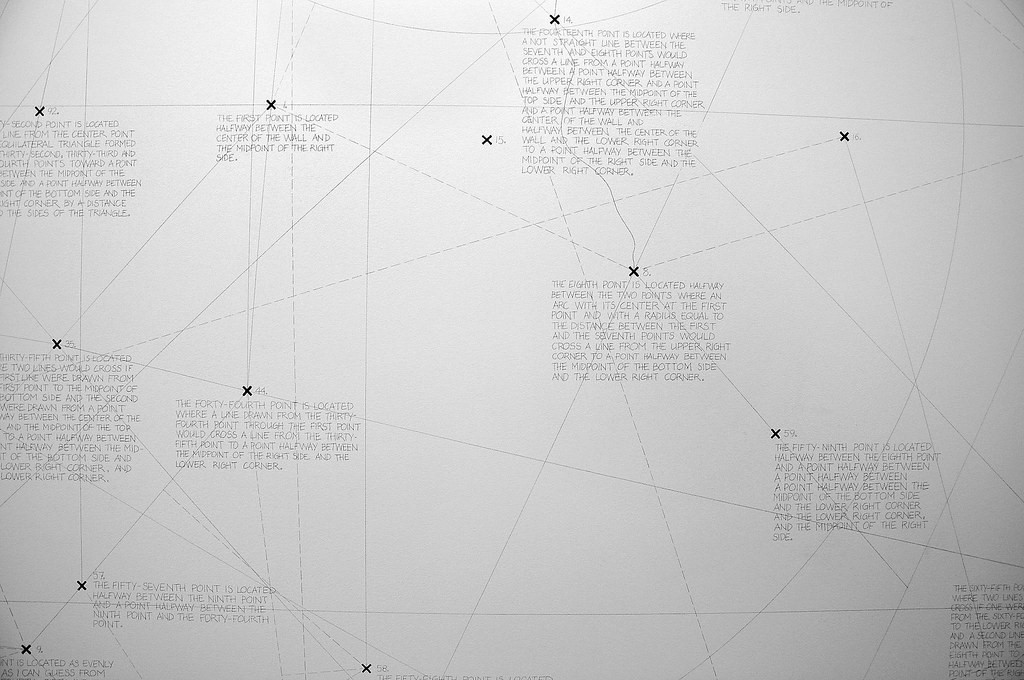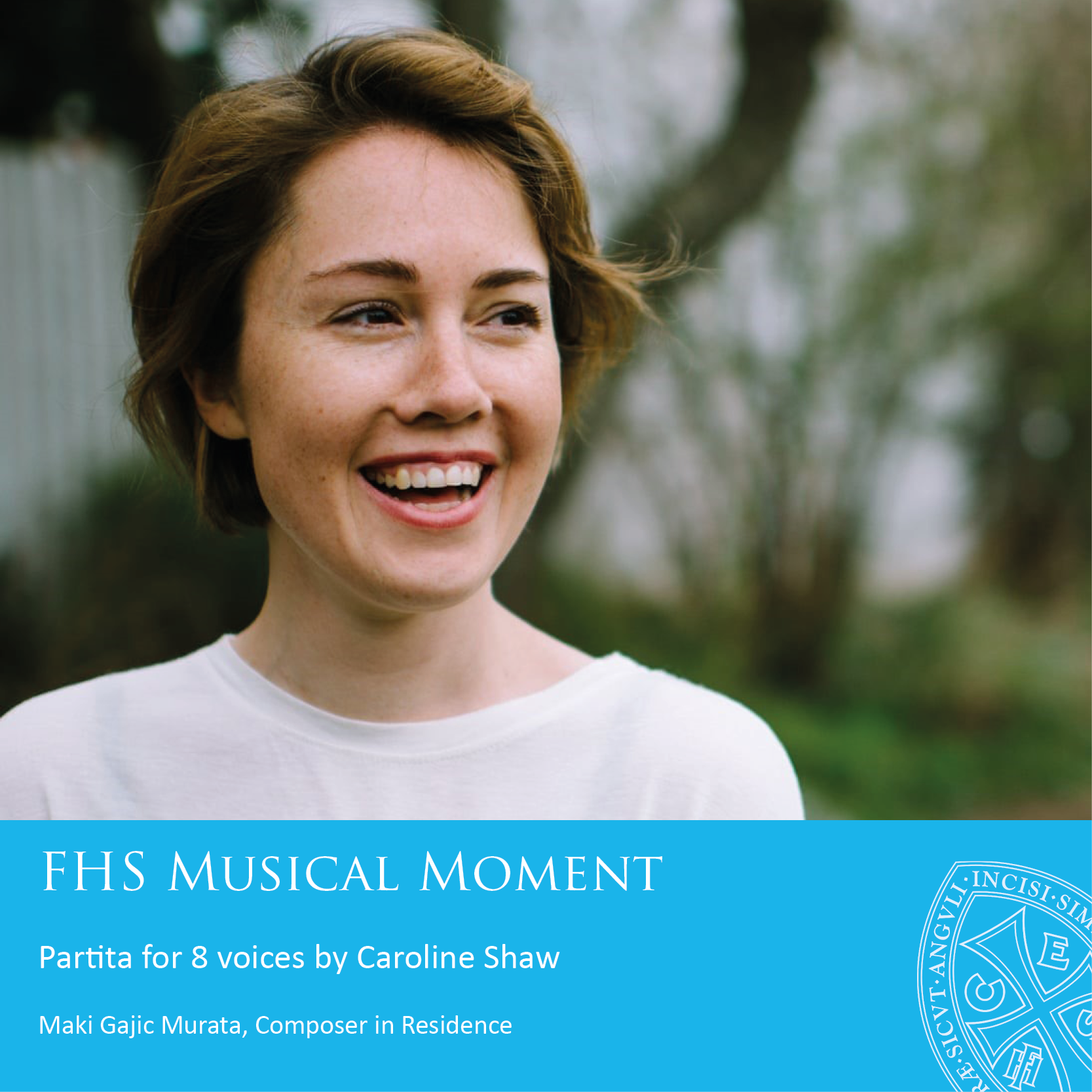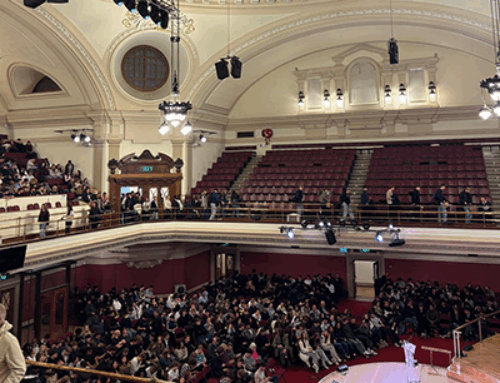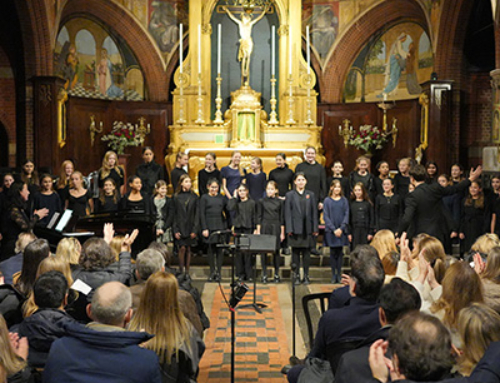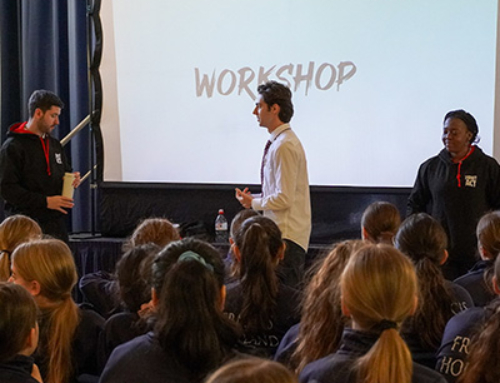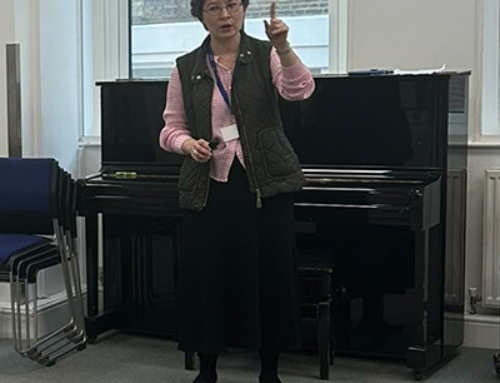Partita for 8 voices is an acapella composition by American composer, Caroline Shaw. It was composed for the vocal group Roomful of Teeth, of which Shaw is a member. The piece was released on their Grammy Award-winning debut album in 2012. Partita for 8 voices was awarded the Pulitzer Prize for Music in 2013, making Shaw the youngest prize winner in the award’s history.
The work is composed of four movements, which are named after Baroque dances:
- Allemande
- Sarabande
- Courante
- Passacaglia
Shaw was inspired by Sol LeWitt’s Wall Drawing 305 and some of the lyrics are from textual instructions LeWitt wrote to direct the draftsperson, Jo Watanabe, who did the actual drawing.
A little bit about Wall Drawing 305: ‘It is one of a series of drawings in which LeWitt experimented with textual instructions that direct the draftsman to construct shapes on the wall. Called location drawings, these works are done in black pencil with geometric figures emphasised in crayon, foregrounding the process of drawing as a problem-solving mechanism.’
If you wish to know more about LeWitt, click here.
To get a sense of how Partita sounds, we will consider the last of the four movements, ‘Passacaglia’. The movement opens with the ensemble presenting a cycle of harmonies. They sing the same chord progression three times, but each time using a different vocal timbre. The first time through, they produce warm, rounded sounds. The second time, they shift timbres mid-pitch, switching from bright to subtle. The third time, they sing in a chest style derived from Bulgarian choral practice, producing a piercing and aggressive sound followed by a gasping sigh.
Next, we hear the chord progression again, but this time it is overlaid with oscillating figures in half of the voices. These carry into the subsequent section, providing the backdrop for a high melody sung in octaves and then for spoken text extracted from LeWitt’s work. During this passage we also hear harmonic overtone singing from the men, who manipulate low pedal tones to produce a rainbow of high-pitched sounds. One by one, the singers switch to reciting LeWitt’s text, until we are left with a cacophony of speaking voices. Isolated pitches extracted from the opening chord progression occasionally pierce the texture.
The cacophony is only resolved by the production of a grating sound derived from Korean pansori singing. This builds in strength before transforming into the opening chord, which inaugurates one final pass through the harmonic progression in chest voice. A second pass begins, but is derailed by the introduction of new chords. More overtone singing ornaments the final harmony of the piece.
You can find out more here.
At the premiere of the complete Partita for 8 Voices, Justin Davidson of New York magazine wrote that Shaw had ‘discovered a lode of the rarest commodity in contemporary music: joy.’
In 2019, The Guardian ranked Partita as the 20th greatest work of music since 2000, with Erica Jeal dubbing it ‘an explosion of energy cramming speech, song and virtually every extended vocal technique you can think of into its four ‘classical’ dance movements. It might blow apart solemn, hard-boiled notions of greatness, but it has to be the most joyous work on this list.’
There’s one moment in the ‘Allemande’ where the sung music morphs into a mounting swell of cacophonous, indecipherable chatter.
‘It’s funny, my first thought was, “Wow, that’s what the Internet sounds like!’ When you open your computer and everyone’s talking at you suddenly,” Shaw says. “But I was really wanting to hear the sound of jumbled talking, where you can’t understand what’s going on — and then, suddenly, one beautiful, simple chord.”’
Anne Midgette praised Roomful of Teeth for their deft navigation through bold, unorthodox music-making styles, like Korean p’ansori singing, yodeling, Tuvan throat-singing, and a distinct, particular style of vowels-only singing that gives the impression of ‘form(ing) an intriguing, sculptural chord, twisting gently in midair.’
The partita combines rich, closely stacked harmonies with elements of spoken narration and atonal vocalization patterns like whispers, grunts, croaks, sighs, and gasps. Shaw’s surprisingly gorgeous, sometimes jarring collection of mouth noises often doesn’t sound or even look like music in the conventional sense; nevertheless it never fails to evoke a variety of emotions to the listener with its quirkiness and eccentricity.
Maki Gajic Murata, Composer-in-Residence
